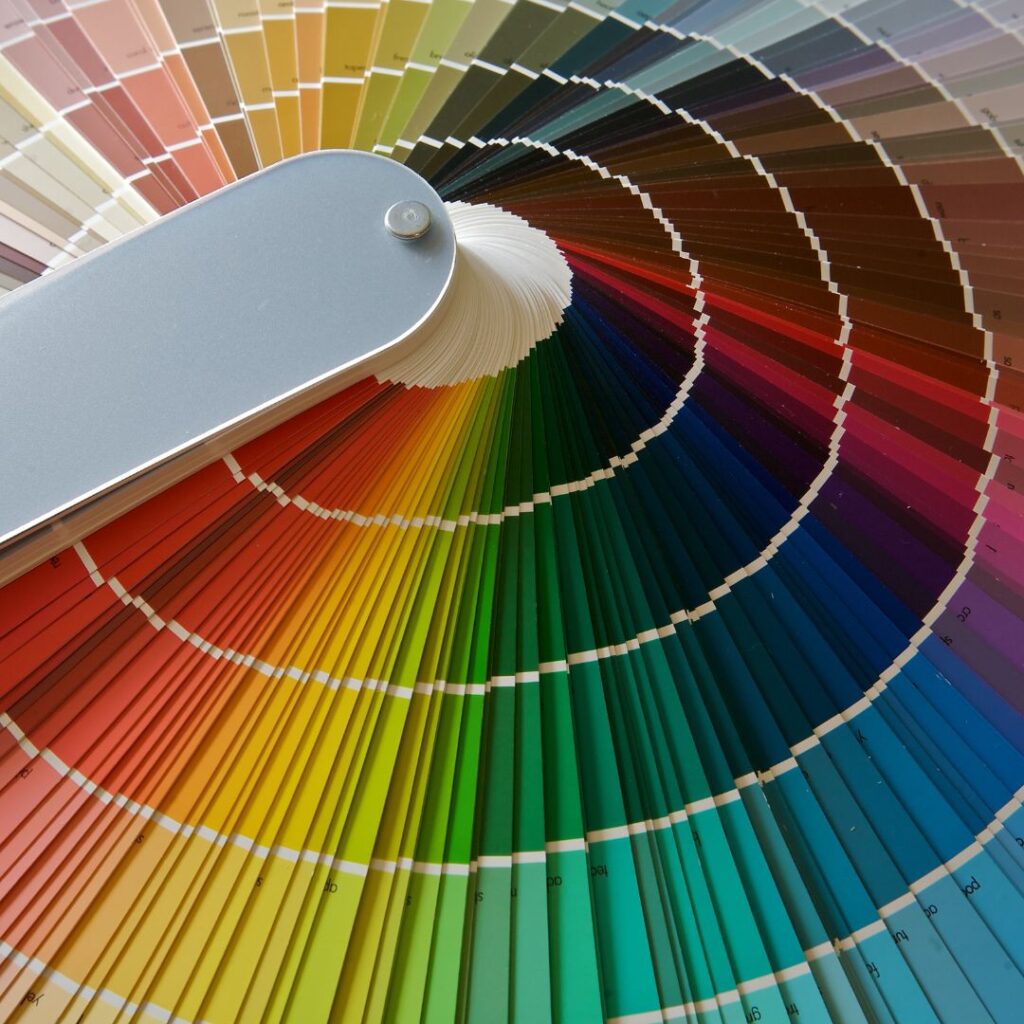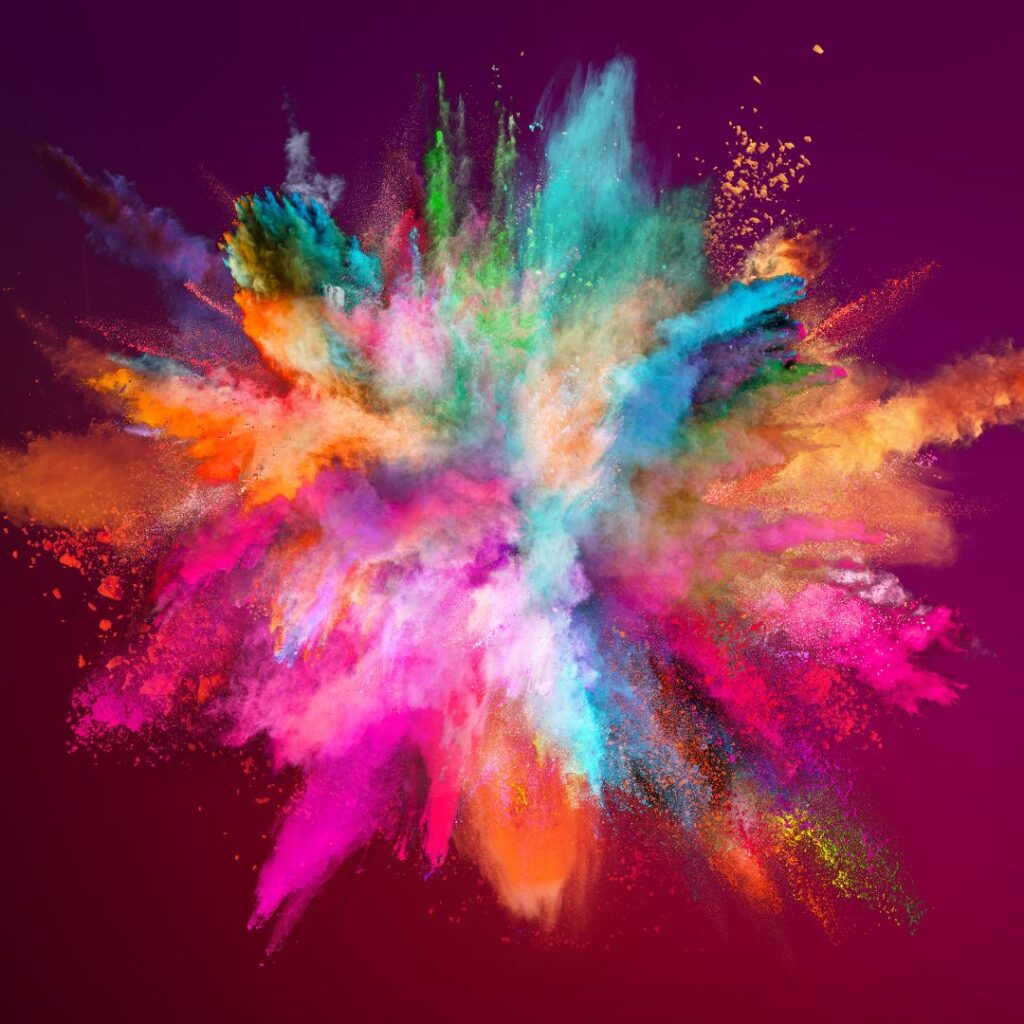Colors in web design are crucial in creating an engaging and impactful user experience. The psychology of color explores how different colors can evoke specific emotions and influence customer behavior.
By understanding the power of color, businesses can strategically use it in their web design to connect with their audience on a deeper level and drive desired actions. Let’s dive deeper into the fascinating world of color psychology and discover how it can shape your web design strategy.

Explore the Emotional and Psychological Associations of Different Colors
Colors can evoke various emotions and psychological associations, such as:
- Warm colors like red and orange tend to elicit feelings of excitement and energy
- Cool colors like blue and green are often associated with calmness and trust.
The right color choices can significantly impact user engagement when creating a sense of urgency or promoting a feeling of relaxation.
Understanding Color Theories and Their Application in Web Design
Color theories provide a framework for understanding how they interact with each other and can be effectively used in web design in various ways:
- The color wheel offers insights into color harmonies and complementary color combinations.
- Analogous colors, next to each other on the color wheel, can create a sense of harmony, while complementary colors, opposite each other, can provide visual contrast.
- Web designers can apply color theories to create visually appealing and balanced color schemes that enhance the user experience.
Choosing Colors that Align with the Brand Identity and Target Audience
It’s crucial to consider the target audience’s brand identity and preferences. The colors should align with the brand’s personality, values, and industry. For example, a healthcare website might incorporate calming blues and greens to promote a sense of trust and well-being, while a vibrant and energetic color palette might be suitable for a lifestyle or entertainment website.
The Impact of Color on User Experience and Perception

Color has a significant impact on user experience and perception because:
- The careful selection and placement of colors can guide users’ attention, create a visual hierarchy, and influence the overall perception of a website.
- For instance, contrasting colors for essential elements such as buttons or headlines can make them stand out and attract user attention.
- Ensuring sufficient color contrast between text and background is essential for readability, especially for visually impaired users.
Color Combinations and Contrast For Readability and Visual Hierarchy
Creating a visually pleasing and balanced web design requires careful consideration of color combinations and contrast. Skilled web designers focus on these things:
- High contrast between text and background colors improves readability and accessibility, allowing users to consume content easily.
- Establishing a clear visual hierarchy through color differentiation helps users navigate the website and understand the importance of different elements.
- Using contrasting colors effectively, web designers can guide users through the website and highlight essential information or call-to-action buttons.
Use Color to Guide User Attention and Call-To-Action Elements
Colors can be powerful tools for guiding user attention and encouraging specific actions, and these factors matter:
- Web designers can draw users’ focus and increase click-through rates by using bold and contrasting colors for call-to-action elements, such as buttons or links.
- The color choice for call-to-action buttons should stand out from the rest of the design while aligning with the overall color scheme.
Cultural Considerations and The Influence of Color in Different Regions

Colors hold cultural meanings and associations that vary across regions and demographics. Considering these cultural nuances when designing websites for a global audience is essential.
Colors considered positive or neutral in one culture may have different connotations in another. By understanding these cultural influences on color perception, web designers can create inclusive and culturally sensitive designs that resonate with diverse audiences.
A/B Testing and Analyzing the Impact of Color Choices on User Behavior
A/B testing is a valuable technique to assess the impact of color choices on user behavior and engagement. By creating multiple variations of a design with different color schemes, web designers can measure the effectiveness of each variant in terms of:
- User engagement
- Conversions
- Overall satisfaction
A/B testing allows for data-driven decisions, helping businesses identify the color combinations that produce the best results for their goals and target audience. At Clear Imaging, we use color psychology and various other strategies to ensure the best results for our clients. For more information, please call us at 1(800) 380-6942 during business hours or complete the form on this page if you have any inquiries about our local SEO solutions.






